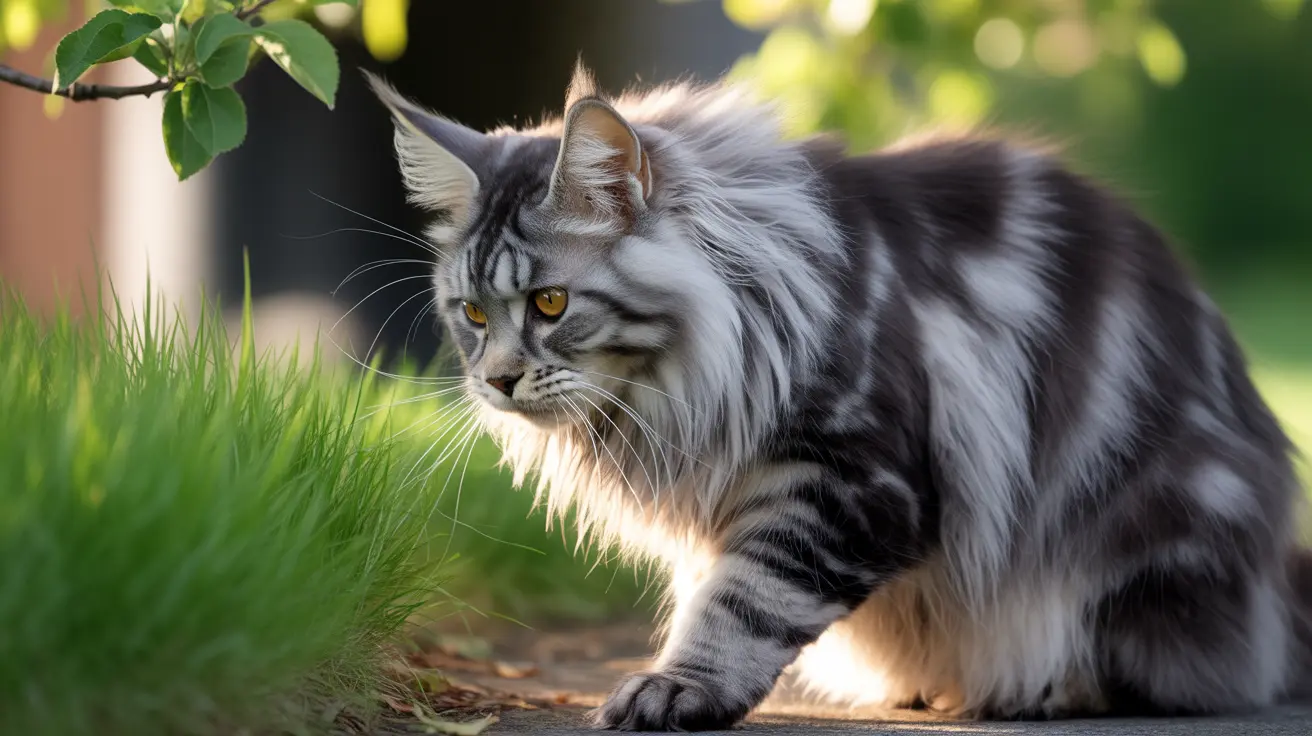Introduction to the Feline Heat Cycle
The feline reproductive cycle, known as the estrous cycle, is a critical aspect of a cat's reproductive health. This cycle is significant for breeding and is characterized by a series of hormonal changes that prepare the female cat for mating. Unlike humans, who experience a menstrual cycle, and dogs, who have a less frequent estrous cycle, cats are seasonally polyestrous. This means they can have multiple heat cycles during the breeding season, which is influenced by environmental factors such as daylight and temperature.
Age and Timing of Heat Cycles
Cats typically enter their first heat cycle at around six months of age, although this can vary based on breed and environmental factors. The timing of these cycles is heavily influenced by daylight, with most cats in the Northern Hemisphere cycling from January to late fall. However, cats living in tropical regions or those that are primarily indoors may experience heat cycles year-round due to consistent exposure to artificial light and controlled temperatures.
Stages of the Feline Heat Cycle
The feline heat cycle consists of several distinct stages:
- Proestrus: This initial phase lasts about one to two days. During proestrus, estrogen levels begin to rise, making the female cat attractive to males, although she is not yet receptive to mating.
- Estrus: Lasting from three to 14 days, estrus is the most noticeable phase of the cycle. During this time, female cats display behaviors such as excessive vocalization, restlessness, and increased affection towards humans and other cats, indicating their readiness to mate.
- Interestrus or Metestrus: If mating occurs, the cat enters a metestrus phase, which lasts about 30-40 days. If no mating takes place, the cat will enter an interestrus phase, where in-heat behaviors diminish before the cycle restarts.
- Anestrus: This is the resting phase, lasting about two to three months, during which hormone activity is minimal, and the cat is not receptive to mating.
Recognizing Signs of a Cat in Heat
Cats in heat exhibit several behavioral indicators that can be easily recognized by pet owners. These include loud vocalizations as they try to attract a mate, increased affection towards people and other cats, and noticeable restlessness. Some cats may also experience changes in appetite or even urinate more frequently or inappropriately outside the litter box. Unlike dogs, cats do not bleed during their heat cycles, and any sign of blood should prompt an immediate visit to the veterinarian.
Managing a Cat in Heat
To prevent unwanted pregnancies, it is crucial to keep female cats indoors when they are in heat. Monitoring their behavior is essential to ensure their health and well-being. If a cat exhibits significant distress or health issues during estrus, consulting with a veterinarian is recommended. Veterinary care can provide guidance on managing symptoms and deciding on the best time for spaying.
Health Risks and Complications
Unspayed cats are at risk for several reproductive health issues. Pyometra, a severe infection of the uterus, can be life-threatening and is more common in middle-aged queens. Pseudopregnancy, where a cat shows pregnancy symptoms without actually being pregnant, can also occur and may require veterinary intervention. Additionally, intact female cats have a higher risk of developing ovarian cancer compared to those that are spayed.
Spaying and Its Benefits
Spaying is a surgical procedure that involves the removal of a cat's uterus and ovaries, effectively preventing heat cycles and the associated behaviors. This procedure is typically recommended for kittens at around 5-6 months of age, although some veterinarians suggest earlier spaying at 3-4 months. Spaying not only prevents unwanted breeding but also reduces the risk of certain cancers and behavioral issues related to the reproductive cycle.
Frequently Asked Questions
Common concerns about cats in heat include whether they bleed during this time—cats should not bleed, and any blood is a cause for immediate veterinary attention. While it is possible to spay a cat during heat, it is often safer to proceed rather than wait for anestrus. Male cats do not experience heat cycles but can mate with females at any time. Understanding these aspects can help pet owners make informed decisions about their cats' reproductive health.
Conclusion
In summary, understanding the feline heat cycle is essential for responsible pet ownership. By recognizing the stages and signs of the cycle, owners can better manage their cats' health and behavior. Spaying offers numerous benefits, including the prevention of heat cycles and a reduction in health risks. Ultimately, responsible pet ownership involves making informed decisions about spaying and monitoring to ensure a healthy and happy life for your feline companion.






